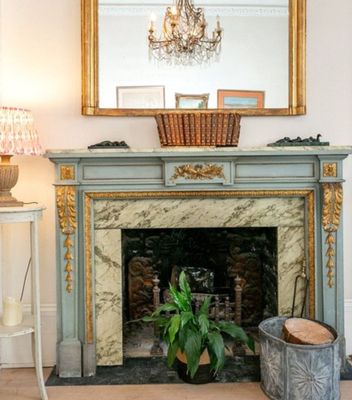The area is believed to have been named after William Bolton (or Boulton) who bought the land in 1795.
Twelve years later, Bolton sold the land between the Old Brompton Road and the Fulham Road to the confectioner James Gunter. Gunter died in 1819 and his son Robert, a wealthy Breconshire landowner, inherited the estate.
Up until the mid 19th century, the site of the enclosures and the surrounding area was a farm with the grounds used as market gardens.
When Robert Gunter inherited the estate, he added lands and soon began to lease parcels for housebuilding, eventually redeveloping the site where The Boltons Gardens Enclosures sits between 1850-1860.
The gardens were laid out in May 1849 when an unusual vesica-shaped layout of houses in facing crescents, now known as The Boltons, was designed by architect and surveyor George Godwin Jr, as the centrepiece of the Gunter estate. The land in the centre of the crescents was donated by Gunter and was intended to be a ‘plantation’, bisected in the middle by a church.











































































